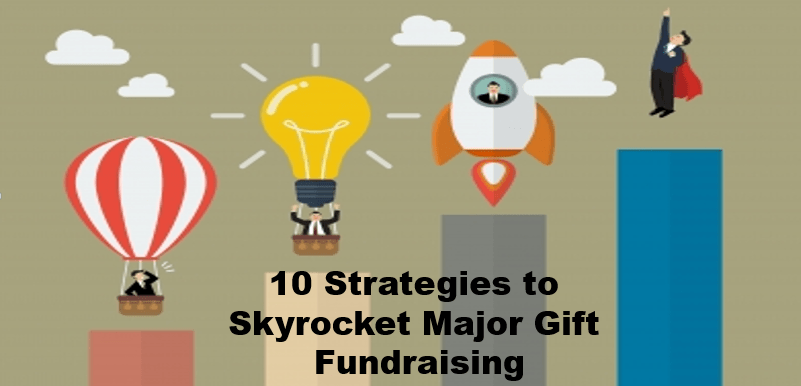 Times are tough. It’s easy to get demoralized. Especially if you work for a business, nonprofit or otherwise, that doesn’t feel ‘essential’ in today’s environment.
Times are tough. It’s easy to get demoralized. Especially if you work for a business, nonprofit or otherwise, that doesn’t feel ‘essential’ in today’s environment.
It’s human to feel depressed.
A survey conducted in June by the Kaiser Family Foundation found more than 30% of adults in the United States were reporting symptoms consistent with anxiety or depression since the coronavirus pandemic began.
Even our former First Lady revealed in a recent podcast:
“There have been periods throughout this quarantine where I just have felt too low… I have to say, that waking up to the news, waking up to how this administration has or has not responded, waking up to yet another story of a Black man or a Black person somehow being dehumanized or hurt or killed, or falsely accused of something, it is exhausting. It has led to a weight that I haven’t felt in my life — in, in a while.”
— Michelle Obama
I know it’s difficult to see the light at the end of the tunnel sometimes. And waiting for time to pass sucks.
Yet my Mom always said, “This too shall pass.”
I found it comforting.
It was like she was sharing some universal truth by telling me time-specific depression need not turn to despair.
There’s another path.
Mrs. Obama said she had benefited from keeping a routine, including exercise, getting fresh air and having a regular dinner time. I’ve found these things useful as well. Most important, I’m learning to focus more on what I can control than what I can’t. Plus I’m learning to accept there are some things I can’t do. Some things I can’t fix. Not now.
Sometimes we have to wait.
Meanwhile, there are things to do to make the waiting bearable.
What Nonprofits Can Learn from the Blues
Details



 I often say “If you want gifts, you must give them.”
I often say “If you want gifts, you must give them.”


 Today I want to talk about the heart of successful major gift fundraising.
Today I want to talk about the heart of successful major gift fundraising.
 Times are tough. It’s easy to get demoralized. Especially if you work for a business, nonprofit or otherwise, that doesn’t feel ‘essential’ in today’s environment.
Times are tough. It’s easy to get demoralized. Especially if you work for a business, nonprofit or otherwise, that doesn’t feel ‘essential’ in today’s environment.